A look at different aspects of UK economic history, concentrating on the different decades of the Twenty and Twenty-First Century. Includes histories of particular sectors, such as housing and the coal industry.
- The economy of the 1920s – a legacy of war debt, deflation and life under the gold standard
- The economy of the 1930s – the economics of mass unemployment, but also economic recovery and growth of suburbia.
Post war economy
- 1940s and 1950s – Austerity, rationing, war debt, but full employment, the new welfare state and rising living standards.
- 1960s – The ‘You’ve never had it so good era’ starts to unwind.
- 1970s – The Era of Discontent. Strikes, 3 day weeks, inflation, boom and bust. The 70s had everything except stability
- 1980s – Boom and Bust economy – The UK economy in the 1980s
- Late 1980s – The Lawson Boom. Rapid growth, inflation and recession
- 1990s – Recession and great stability – Recovering from the recession and leaving ERM
- The economics of the 2000s – from stability to financial crisis
- 1992-2007 – The great moderation – a period of economic growth between 1992 and 2007
- 2010-16 – The austerity years – The economic record of Cameron and Osborne.
Recessions
Devaluations
Housing Market
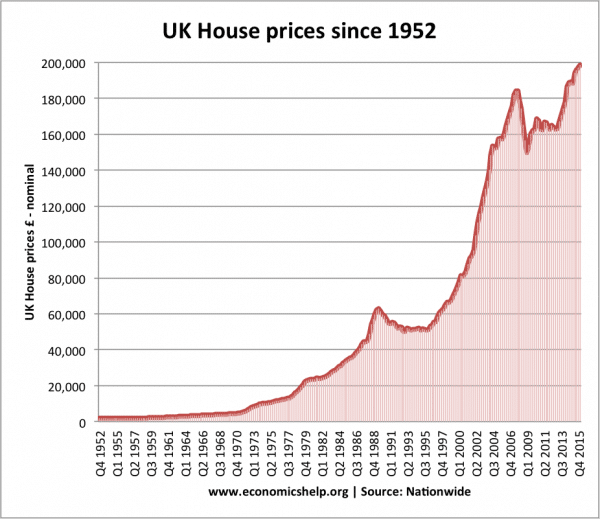
- UK housing market – a history of UK housing from Victorian slums and workhouses to the recent boom in prices.
Sectors of the economy
- Deindustrialisation – the relative decline of the manufacturing sector
- The decline of the UK coal industry – How an industry went from employing one million workers to less than a few thousand.
Statistics
Economic growth
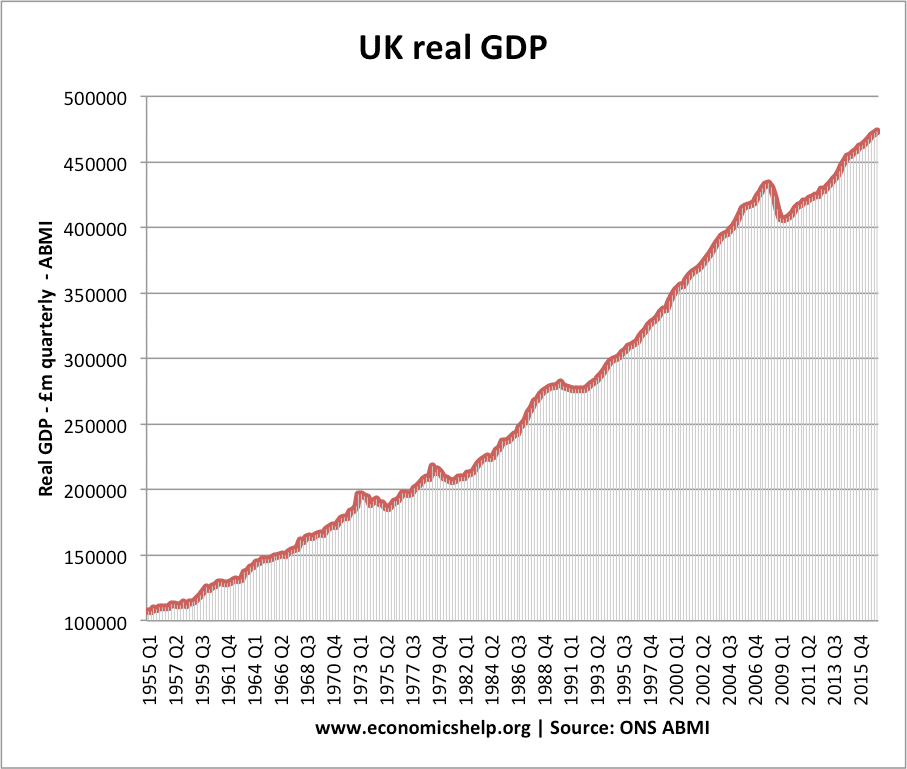
Manufacturing Share of the economy
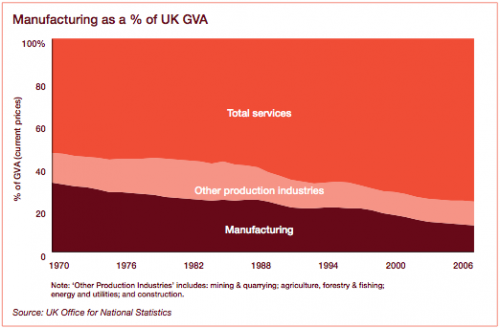
Balance of payments
Interest rates
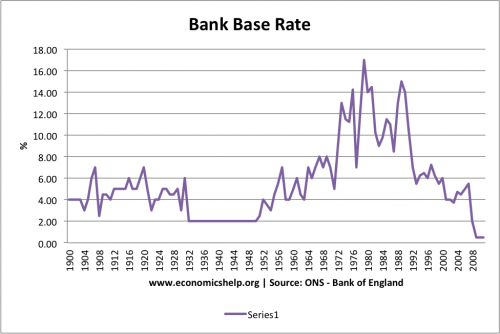
Historical interest rates in the UK
Other articles
- 1980s – The Thatcher era gave us two deep recessions, an experiment with monetarism mass unemployment, broke the power of trades and one of the most memorable booms of post-war Britain.

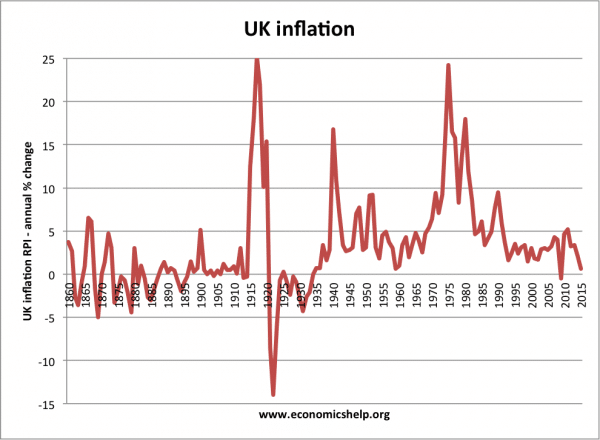
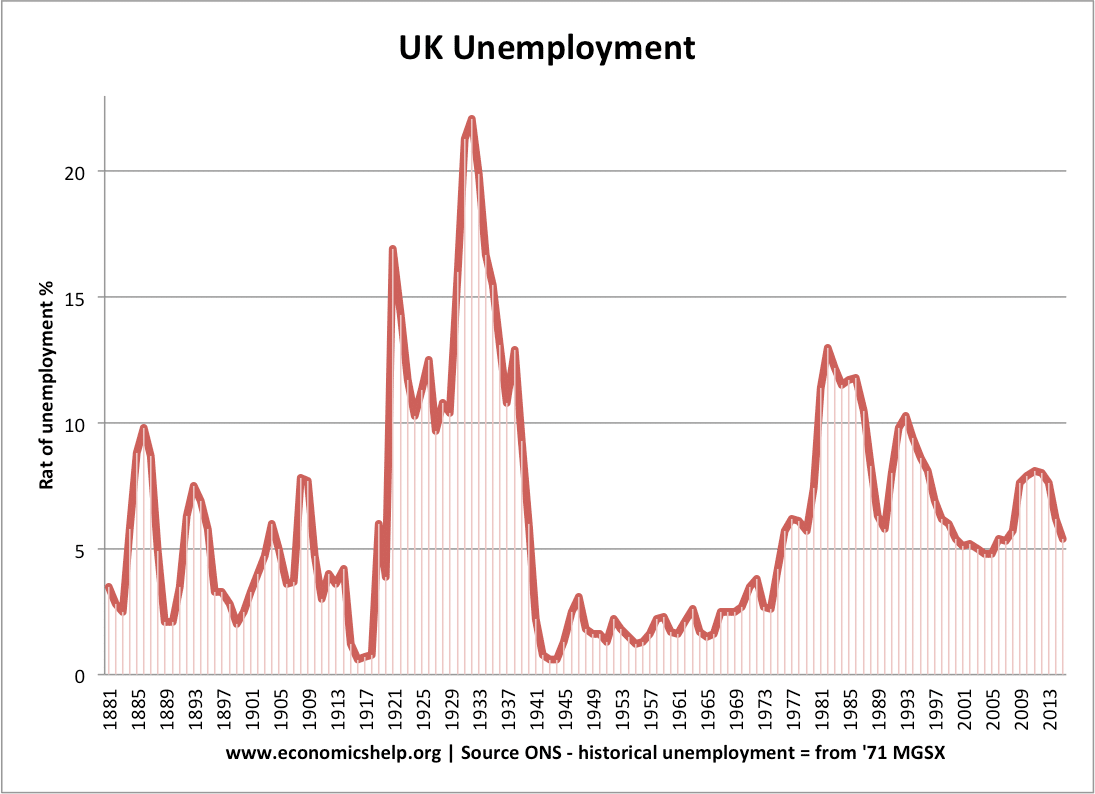
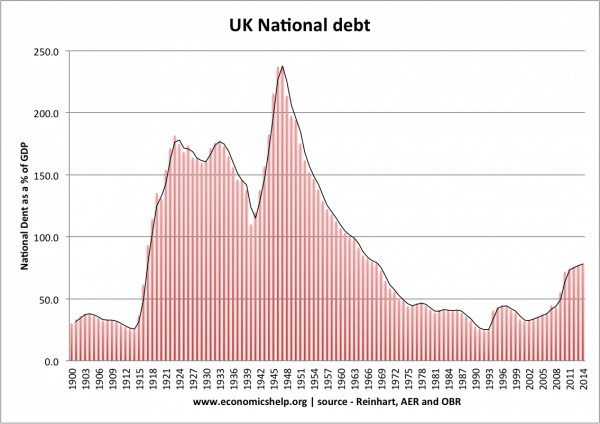
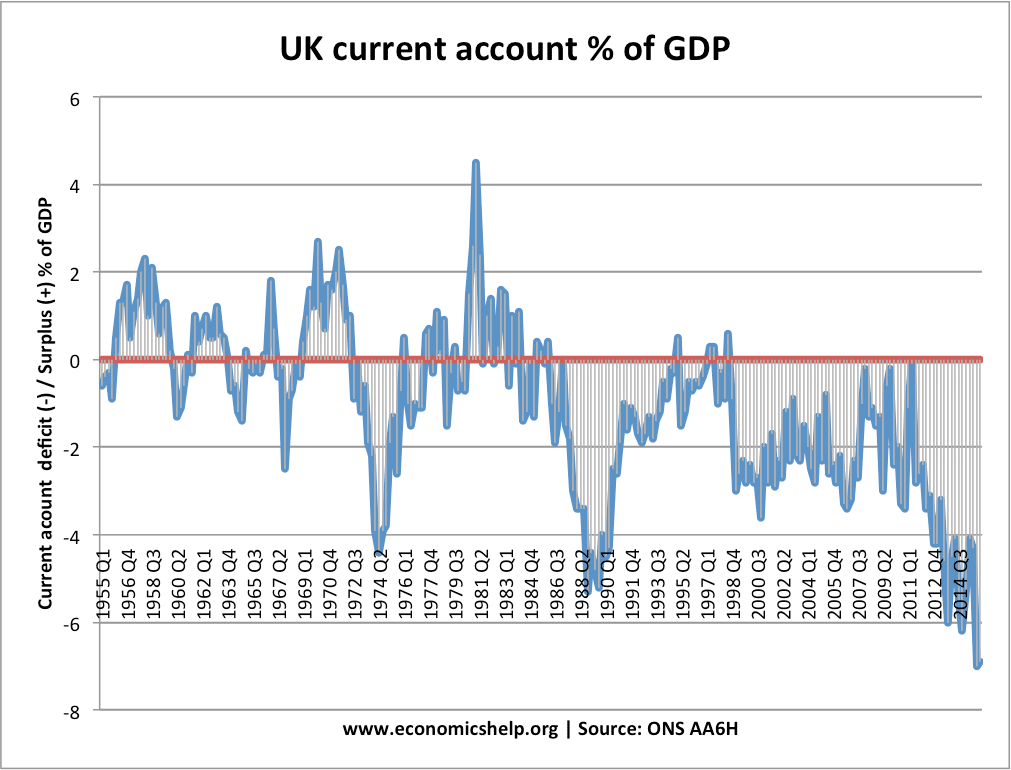
1 thought on “UK Economic History”
Comments are closed.